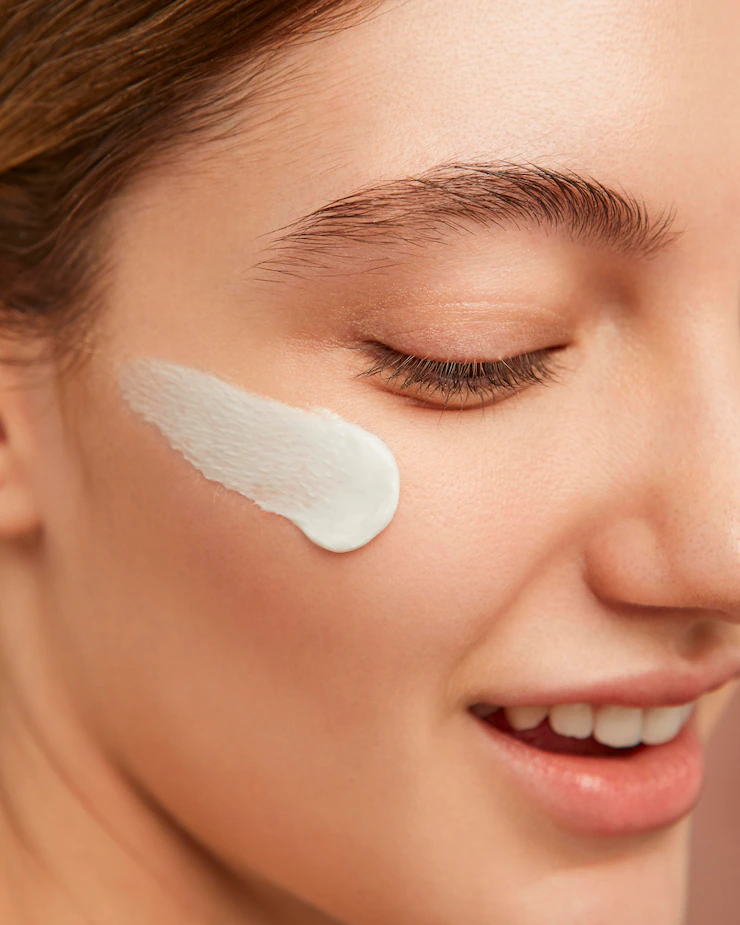- Home
- What is vegan makeup?
- DIY Vegan Makeup Mistakes
The 3 DIY Vegan Makeup Mistakes Crafters Make And How To Overcome Them

DIY vegan makeup is so much fun! You get to put anything you like and you can make anytime you want. But there are some DIY vegan makeup mistakes that I must address so that your products are less likely to fail.
Why do DIY vegan makeup products fail?
A cosmetic product can be a total failure especially when you are starting out.
This can be due to:
🧪 the chemistry reactions
🧪 wrong calculations
🧪 incompatible ingredient combinations
🧪 wrong methodology
🧪 temperature-sensitive
🧪 pH-sensitive
🧪 and more!
As a result, the final product is not what you expected.
Don't give up yet.
Take a deep breath and go through your formula again.
And that brings us to the most important point: DIY vegan makeup mistakes!
Top 3 DIY vegan makeup mistakes
Mistake #1
Your product contains water but no preservatives.
While it may look okay to the naked eye, the truth is bacteria, yeast and mold have started growing in your product already!
Would you apply a product on your face knowing that it has already molded? 🤮
There is no way we can prevent nature from taking its course. So, add a preservative or two.
This will help slow down the growth of bacteria, yeast and mold.
It will also ensure your product is safe and usable, at least for the next 3 months to a year.
Mistake #2
You added wax instead of emulsifier
When you have water and oil, you are going to need an emulsifier. Although wax contains a certain HLB amount that may "bind" the waters and the oils together, using 1 or 2 emulsifiers is more appropriate.
By the way, a butter is considered oil phase!
Note:
There is an emulsifier known as Emulsifying Wax with an INCI of Cetearyl Alcohol (and) Polysorbate 60.
This is acceptable to be used in formulations with oils and water but it is neither vegan nor Organic.
Mistake #3
You did not measure your final product's pH.
Or you also did not create a suitable environment for the pH-sensitive ingredient.
Both acidic and alkaline products if used on the skin can result to burn effect, rashes or make the skin too dry.
To do this, you need to know which active ingredients that you will be using. Some will work well in an acidic solution, some in an alkaline solution and others work within a range of pH.
Some ingredients such as surfactants, they do not require a buffer pH but they may modify the pH of your final product.
Use the MSDS provided by your suppliers and formulate accordingly.
Did you make any of these mistakes?
So now that you are informed of the mistakes that could happen, I am sure you'll become a better formulator!
❤️ Share with your friends! ❤️

